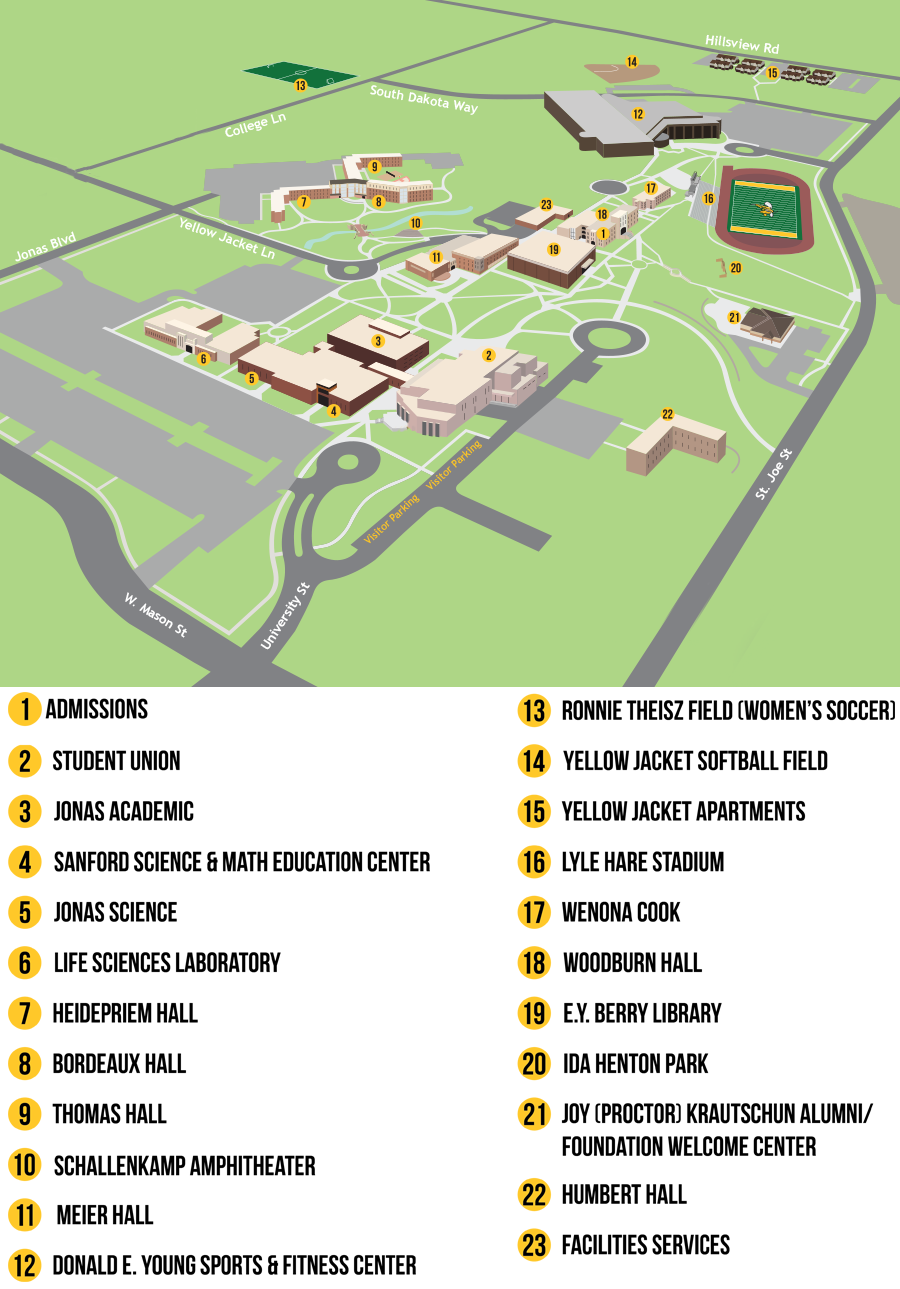MEET JEROME A. GREENE
Recently we asked Jerome A. Greene, BHSU History alumni, a few questions about his experience here at BHSU and what he has been doing upon graduation. The following are excerpts of his answers.
Why did you choose BHSU?
By the early 1960s I had developed a strong interest in the West and western history. I was overseas in the army, stationed in Libya, and I was casting about trying to get an early out so that I might go to college. I happened on a copy of Lovejoy's College Guide, which contained a profile of Black Hills Teachers College. Since I was especially interested in history of the Northern Plains, the Indian wars, etc., I was drawn to Spearfish and BH. I applied and was accepted, got my early discharge, and in August 1964 headed for upstate New York to Spearfish in my old 1958 Ford Taunus (a German Ford). It was a decision I've never regretted because I came to love Spearfish and the Northern Black Hills.
What year did you graduate?
I graduated from Black Hills in 1968 with a bachelor’s degree in Education and a major in History. I always wanted to teach American History and could not wait to begin my student teaching at Spearfish High School. I went on to receive a graduate assistantship in History at the University of South Dakota and received my master's in History there in 1969. I received another assistantship at the University of Oklahoma and went there for two years toward a doctorate, but left in 1971 because I had a family and needed to find work.
What accomplishments in the area of history have you made?
All of my post BH efforts have been related in one way or another to history. After graduating from in May of 1968, I obtained a summer job as a seasonal ranger-historian at Custer Battlefield National Monument, now Little Bighorn Battlefield National Monument, in Montana. This position further crystallized my longstanding interests in Indian history and the Indian wars, besides allowing me to hone my teaching skills while interpreting the site to park visitors. As a result, I became interested in pursuing a career with the National Park Service. When I needed to find work in 1971, I was fortunate to join the staff at Haskell Indian Junior College in Lawrence, Kansas. Here, I taught American Indian History for two years, one of the best jobs imaginable for someone of my interests and background. My park service connections eventually paid off and in 1973, I was offered a position as Research Historian with the National Park Service in Denver. For me, it was absolutely the best job in the world, allowing me to hone my skills in research and writing and thereby contribute to the national parks agenda over the next thirty-four years. It permitted me to travel all over the United States and abroad researching in great repositories and producing history studies to serve interpretative needs of the parks for the American people while working for the best agency in the federal government. Through the NPS positions, I've been able to pursue a career as a professional historian and curator that I've thoroughly enjoyed and benefited from in countless ways. Over the years I've produced fifteen books, numerous articles, many forewords and introductions to reprints, and many book reviews. I've amassed a large, and still growing, library and research collection dedicated to Indian-white relations, particularly those during the nineteenth century.
What did you take away from BHSU that has helped you in your career?
I loved my time in Spearfish. The history that I was growing to appreciate was all around me in that area. The college was small enough that I always felt connected as a part of the scene and community and never felt overshadowed by numbers and bigness as at larger schools. Mostly, I took away from BH friendships and fond memories of several of the teachers who nurtured and encouraged me along my career path. Professors like Dr. Lura G. Camery, Sever Eubank, Mike Jackley, Stephan Gazi in History and Political Science. Bonnie and Keith Jewitt in Education, Aldo Trucano and Millicent Henderson in Art were also very important to my time at Black Hills State.
What advice would you give history students?
Focus on an area or areas of history that you're especially interested in, yet build strong contexts in other areas so that you're widely conversant in the field. When an opportunity comes for employment in history, as a teacher, writer, research, or curator, etc., you'll not only have better prospects of being hired, but your acquired breadth will help you appreciate your career and potential contributions all the more.
What advice would you give for getting a history-related job?
Become a good teacher in the field, learn to express yourself clearly, both conversationally and in formal writing, and prepare a sharp resume. Be alert for opportunities, and always establish and maintain contacts in the field through schools, colleges, and government offices. Getting published is also helpful. It looks good on a resume.
Any advice for succeeding as a historian?
Follow your heart, and persevere.
Check out a few publications by Jerome A. Greene!
Finding Sand Creek: History and Archeology of the 1864 Massacre Site with Douglas D. Scott
Washita: The U.S. Army and the Southern Cheyennes, 1867-1869
Fort Randall on the Missouri, 1856-1892
Stricken Field: The Little Bighorn since 1876



